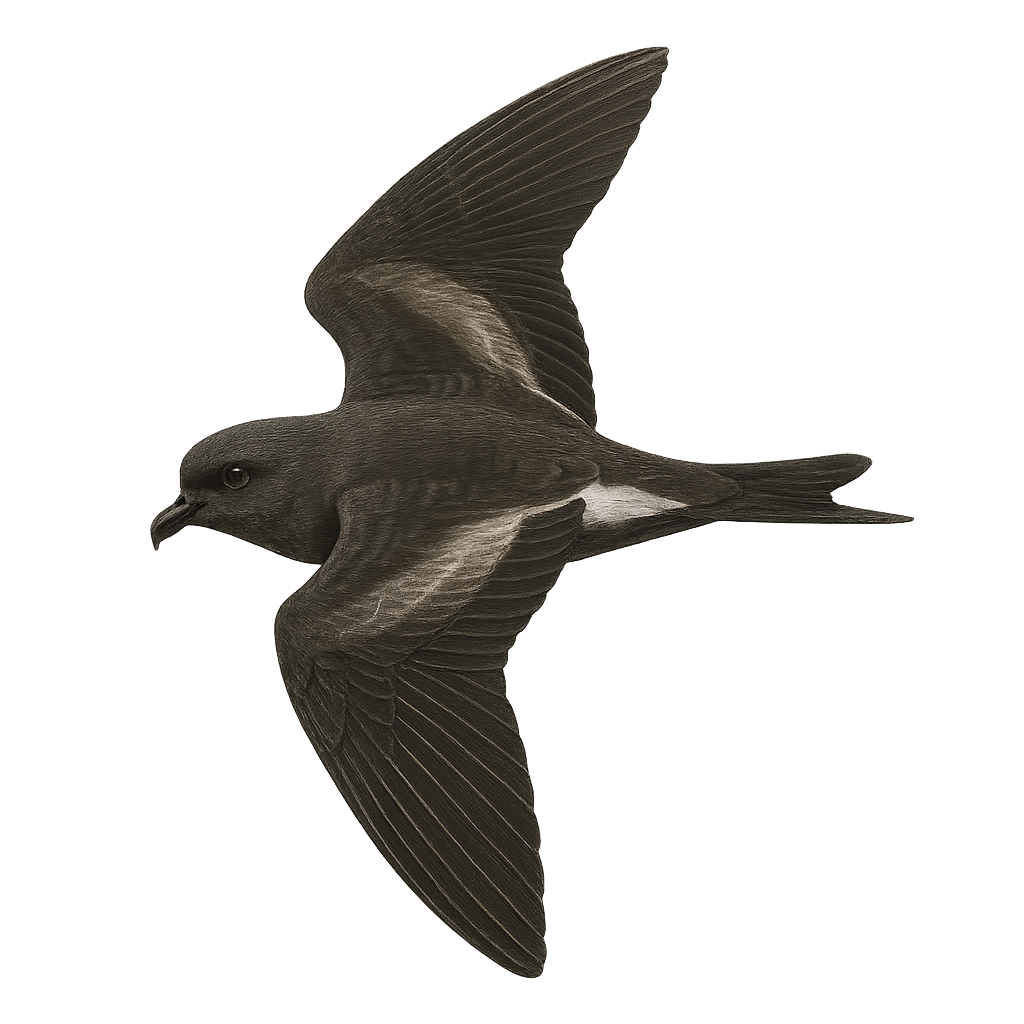Your wildlife photography guide.
Explore the tristram's storm petrel in detail, study its behavior, prepare your shots.
Where to observe and photograph the tristram's storm petrel in the wild
Learn where and when to spot the tristram's storm petrel in the wild, how to identify the species based on distinctive features, and what natural environments it inhabits. The WildlifePhotographer app offers tailored photography tips that reflect the tristram's storm petrel’s behavior, helping you capture better wildlife images. Explore the full species profile for key information including description, habitat, active periods, and approach techniques.
Tristram's Storm Petrel
Scientific name: Hydrobates tristrami

IUCN Status: Near Threatened
Family: HYDROBATIDAE
Group: Birds
Sensitivity to human approach: Suspicious
Minimum approach distance: 10 m
Courtship display: January to February
Incubation: 41-44 jours
Hatchings: February to April
Habitat:
oceanic islands, coastal cliffs
Activity period :
Mainly active at night, generally discreet during the day.
Identification and description:
The Tristram's Storm Petrel is a discreet seabird belonging to the Hydrobatidae family. It is mainly observed in the North Pacific, particularly around the Hawaiian and Japanese islands. This small bird, measuring about 24 cm in length, is characterized by its dark plumage, often blackish with brownish hues. Its wings are long and narrow, adapted for agile flight over waves. The Tristram's Storm Petrel primarily feeds on small fish and crustaceans, which it captures at the surface. It nests in colonies on isolated islands, digging burrows to protect its eggs from predators. Although discreet, this bird plays a crucial role in the marine ecosystem, contributing to the regulation of its prey populations.
Recommended lens:
400 mm – adjust based on distance, desired framing (portrait or habitat), and approach conditions.
Photography tips:
To photograph the Tristram's Storm Petrel, it is advisable to use a telephoto lens of at least 400 mm to capture detailed images without disturbing the bird. The best photography opportunities often occur at dusk or dawn when the bird is active. Be patient and discreet, maintaining a safe distance of at least 10 m to avoid disrupting its natural behavior. Choose calm days to minimize wave movement and achieve sharper shots.
The WildlifePhotographer App is coming soon!
Be the first to explore the best nature spots, track rutting seasons, log your observations, and observe more wildlife.
Already 1 430 wildlife lovers subscribed worldwide

